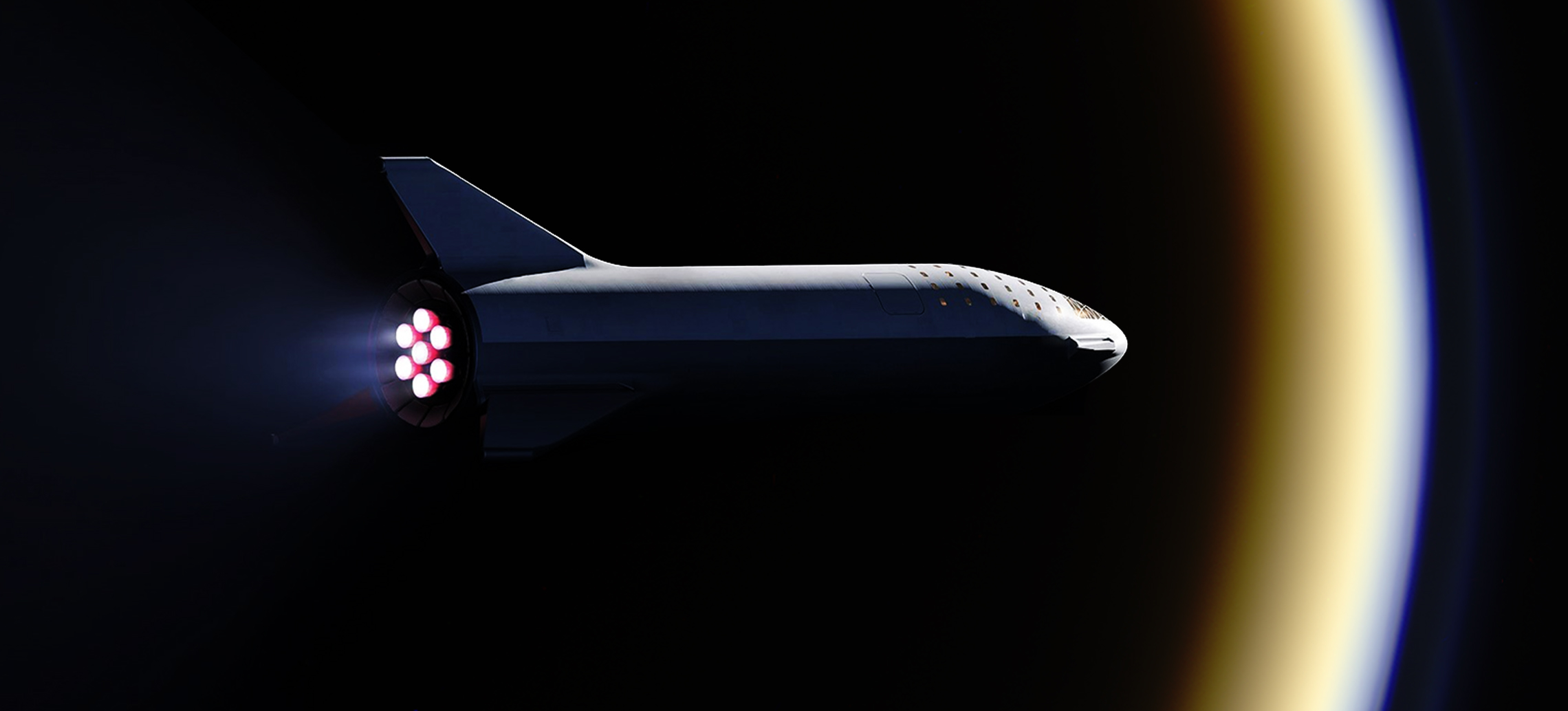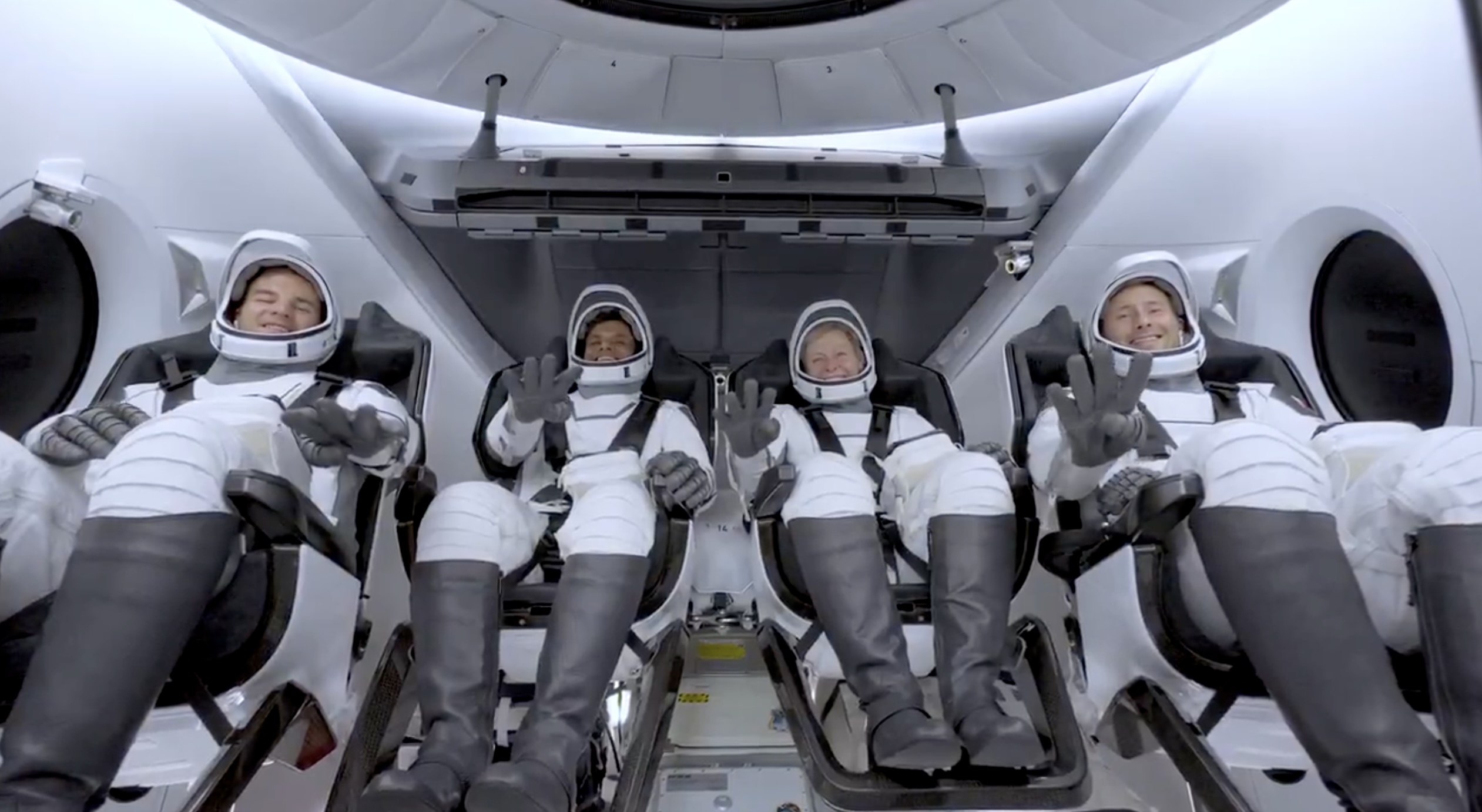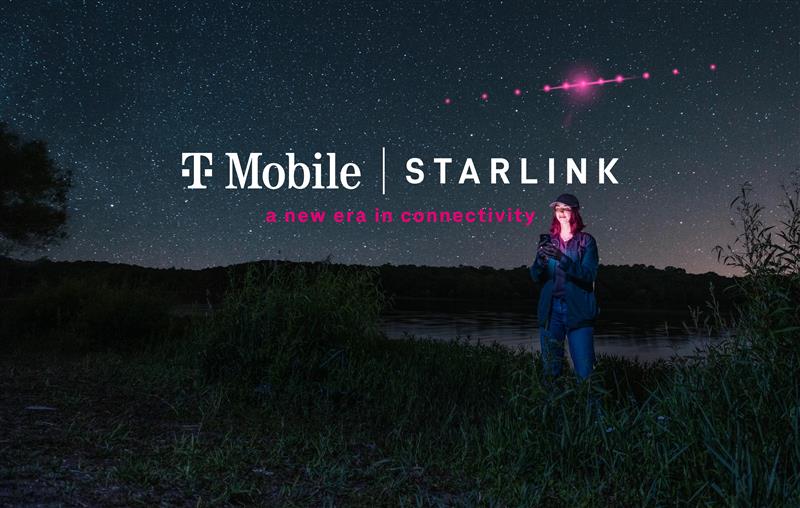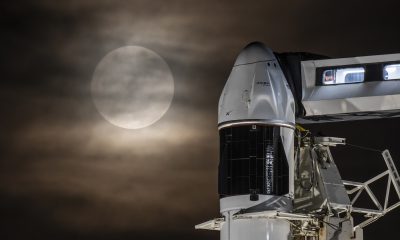

SpaceX
SpaceX CEO Elon Musk proposes Starship, Starlink tech for Solar System tour
SpaceX CEO Elon Musk has proposed an unusual approach to conducting a robotic survey of the Solar System’s major outer planets, asteroids, and comets, requiring a stripped-down Starship with a minimalist payload of Starlink satellites modified for interplanetary cruises and high-resolution cameras.
To enable this arrangement, it sounds like an expendable variant of Starship would have to be designed and built, cutting as much extraneous mass as possible to put as much energy as physically possible into its payloads. Outer planets – those lying beyond the Solar System’s main asteroid belt – are a minimum of 400 million miles (~650 million km) from Earth and stretch out to bodies like 2014 MU69 (below) at 4+ billion miles (6.8+ billion km) beyond Earth’s orbit. To travel those truly absurd distances, the time-to-destination can often be measured in decades, a timeframe that is physically impossible to shrink without hugely powerful rockets like BFR. Even then, SpaceX would face major hurdles to pull off Musk’s impromptu mission design.
New Horizons, the tiny but amazing spacecraft responsible for the first-ever close-up photos of Pluto and (more recently) the bizarre MU69 comet/asteroid, is perhaps the best categorical example of what Musk is proposing. Weighing less than 480 kg (1060 lb) and powered by a radioisotope generator (RTG), the spacecraft was launched in January 2006 and – after a single gravity assist around Jupiter – flew by Pluto a bit less than ten years later in July 2015, traveling a blistering ~13.8 km/s (8.6 mi/s).


Coincidentally, at least the first prototypes of SpaceX’s Starlink satellite constellation weighed around 400 kg (880 lb) during their March 2018 launch, just shy of New Horizons’ own dry mass. Major differences abound, however. Most notably, Starlink satellites will be powered by solar arrays optimized for energy generation at Earth’s distance from the sun, compared to New Horizons’ RTG reactor. At distances beyond Saturn, reliance on solar power would be an extraordinary challenge for any spacecraft hoping to do more than simply survive. For example, due to certain unforgiving laws of physics, New Horizons would receive – quite literally – 0.06% the solar energy per unit of area at Pluto.
To produce the scant ~300 Watts New Horizon receives from its nuclear power source, a single Starlink satellite would need a minimum of 1400 m^2 (~15,000 ft^2) of high-efficiency solar panels to survive and power a minimal suite of instruments and communications hardware. Assuming an extraordinary 170 g/m^2 solar array as proposed by Alta Devices, a Starlink satellite would need solar cells weighing no less than 250 kg (550 lb) total to operate at Pluto, a mass that absolutely does not factor in the complex mechanisms necessary to deploy a third of an acre of solar panels from an area of just a few cubic meters.
Frankly put, solar-powered exploration beyond the orbit of Jupiter and perhaps Saturn becomes almost inconceivably difficult. Further, the above numbers don’t even take into account each Starlink spacecraft’s electric thrusters, which would need several times more solar panels or massive batteries (themselves needing heaters) to operate at an optimal power level for long, uninterrupted periods of time, a necessity for electric propulsion. Several billion miles closer to the sun, in the main asteroid belt or around the gas giants Jupiter and Saturn, solar power is still extremely challenging but not impossible. NASA’s Juno spacecraft, the first solar-powered vehicle to visit the outer planets, 
At the end of the day, SpaceX’s Starlink satellites and Starship-based boost stage would need to undergo radical (and thus expensive) redesigns to accomplish such an ambitious ‘tour’ of the Outer Solar System, quite possibly also requiring the development and integration of wholly new technologies and exploration strategies to get off the ground. While the challenges are immense, the fact that Mr. Musk is already expressing interest in supporting such an exploratory, science-focused mission inspires confidence in the many future benefits that could soon be derived from Starlink and Starship, if successfully developed. Assuming missions that remain within the Inner Solar System, an exploration architecture as described by Musk is already readily doable and wouldn’t need the major modifications and leaps necessary for Outer Solar System ventures. Possible destinations where it could be practical include the Moon, Mars, Venus, the main asteroid belt (i.e. Ceres, Vesta, etc.), and many others.
If SpaceX can find a way to get both Starlink and Starship off the ground and into operational configurations, the future of space exploration – both human and robotic – could be extraordinarily bright.

Check out Teslarati’s Marketplace! We offer Tesla accessories, including for the Tesla Cybertruck and Tesla Model 3.
News
SpaceX launches Ax-4 mission to the ISS with international crew
The SpaceX Falcon 9 launched Axiom’s Ax-4 mission to ISS. Ax-4 crew will conduct 60+ science experiments during a 14-day stay on the ISS.

SpaceX launched the Falcon 9 rocket kickstarting Axiom Space’s Ax-4 mission to the International Space Station (ISS). Axiom’s Ax-4 mission is led by a historic international crew and lifted off from Kennedy Space Center’s Launch Complex 39A at 2:31 a.m. ET on June 25, 2025.
The Ax-4 crew is set to dock with the ISS around 7 a.m. ET on Thursday, June 26, 2025. Axiom Space, a Houston-based commercial space company, coordinated the mission with SpaceX for transportation and NASA for ISS access, with support from the European Space Agency and the astronauts’ governments.
The Ax-4 mission marks a milestone in global space collaboration. The Ax-4 crew, commanded by U.S. astronaut Peggy Whitson, includes Shubhanshu Shukla from India as the pilot, alongside mission specialists Sławosz Uznański-Wiśniewski from Poland and Tibor Kapu from Hungary.
“The trip marks the return to human spaceflight for those countries — their first government-sponsored flights in more than 40 years,” Axiom noted.
Shukla’s participation aligns with India’s Gaganyaan program planned for 2027. He is the first Indian astronaut to visit the ISS since Rakesh Sharma in 1984.
Axiom’s Ax-4 mission marks SpaceX’s 18th human spaceflight. The mission employs a Crew Dragon capsule atop a Falcon 9 rocket, designed with a launch escape system and “two-fault tolerant” for enhanced safety. The Axiom mission faced a few delays due to weather, a Falcon 9 leak, and an ISS Zvezda module leak investigation by NASA and Roscosmos before the recent successful launch.
As the crew prepares to execute its scientific objectives, SpaceX’s Ax-4 mission paves the way for a new era of inclusive space research, inspiring future generations and solidifying collaborative ties in the cosmos. During the Ax-4 crew’s 14-day stay in the ISS, the astronauts will conduct nearly 60 experiments.
“We’ll be conducting research that spans biology, material, and physical sciences as well as technology demonstrations,” said Whitson. “We’ll also be engaging with students around the world, sharing our experience and inspiring the next generation of explorers.”
SpaceX’s Ax-4 mission highlights Axiom’s role in advancing commercial spaceflight and fostering international partnerships. The mission strengthens global space exploration efforts by enabling historic spaceflight returns for India, Poland, and Hungary.
News
Starlink Cellular’s T-Mobile service to grow with third-party app data
From Oct 2025, T-Satellite will enable third-party apps in dead zones! WhatsApp, X, AccuWeather + more coming soon.

Starlink Cellular’s T-Mobile service will expand with third-party app data support starting in October, enhancing connectivity in cellular dead zones.
T-Mobile’s T-Satellite, supported by Starlink, launches officially on July 23. Following its launch, T-Mobile’s Starlink Cellular service will enable data access for third-party apps like WhatsApp, X, Google, Apple, AccuWeather, and AllTrails on October 1, 2025.
T-Mobile’s Starlink Cellular is currently in free beta. T-Satellite will add MMS support for Android phones on July 23, with iPhone support to follow. MMS support allows users to send images and audio clips alongside texts. By October, T-Mobile will extend emergency texting to all mobile users with compatible phones, beyond just T-Mobile customers, building on its existing 911 texting capability. The carrier also provides developer tools to help app makers integrate their software with T-Satellite’s data service, with plans to grow the supported app list.
T-Mobile announced these updates during an event celebrating an Ookla award naming it the best U.S. phone network, a remarkable turnaround from its last-place ranking a decade ago.
“We not only dream about going from worst to best, we actually do it. We’re a good two years ahead of Verizon and AT&T, and I believe that lead is going to grow,” said T-Mobile’s Chief Operating Officer Srini Gopalan.
T-Mobile unveiled two promotions for its Starlink Cellular services to attract new subscribers. A free DoorDash DashPass membership, valued at $10/month, will be included with popular plans like Experience Beyond and Experience More, offering reduced delivery and service fees. Meanwhile, the Easy Upgrade promotion targets Verizon customers by paying off their phone balances and providing flagship devices like the iPhone 16, Galaxy S25, or Pixel 9.
T-Mobile’s collaboration with SpaceX’s Starlink Cellular leverages orbiting satellites to deliver connectivity where traditional networks fail, particularly in remote areas. Supporting third-party apps underscores T-Mobile’s commitment to enhancing user experiences through innovative partnerships. As T-Satellite’s capabilities grow, including broader app integration and emergency access, T-Mobile is poised to strengthen its lead in the U.S. wireless market.
By combining Starlink’s satellite technology with strategic promotions, T-Mobile is redefining mobile connectivity. The upcoming third-party app data support and official T-Satellite launch mark a significant step toward seamless communication, positioning T-Mobile as a trailblazer in next-generation wireless services.
News
Starlink expansion into Vietnam targets the healthcare sector
Starlink aims to deliver reliable internet to Vietnam’s remote clinics, enabling telehealth and data sharing.

SpaceX’s Starlink expansion into Vietnam targets its healthcare sector. Through Starlink, SpaceX seeks to drive digital transformation in Vietnam.
On June 18, a SpaceX delegation met with Vietnam’s Ministry of Health (MoH) in Hanoi. SpaceX’s delegation was led by Andrew Matlock, Director of Enterprise Sales, and the discussions focused on enhancing connectivity for hospitals and clinics in Vietnam’s remote areas.
Deputy Minister of Health (MoH) Tran Van Thuan emphasized collaboration between SpaceX and Vietnam. Tran stated: “SpaceX should cooperate with the MoH to ensure all hospitals and clinics in remote areas are connected to the StarLink satellite system and share information, plans, and the issues discussed by members of the MoH. The ministry is also ready to provide information and send staff to work with the corporation.”
The MoH assigned its Department of Science, Technology, and Training to work with SpaceX. Starlink Vietnam will also receive support from Vietnam’s Department of International Cooperation. Starlink Vietnam’s agenda includes improving internet connectivity for remote healthcare facilities, developing digital infrastructure for health examinations and remote consultations, and enhancing operational systems.
Vietnam’s health sector is prioritizing IT and digital transformation, focusing on electronic health records, data centers, and remote medical services. However, challenges persist in deploying IT solutions in remote regions, prompting Vietnam to seek partnerships like SpaceX’s.
SpaceX’s Starlink has a proven track record in healthcare. In Rwanda, its services supported 40 health centers, earning praise for improving operations. Similarly, Starlink enabled remote consultations at the UAE’s Emirati field hospital in Gaza, streamlining communication for complex medical cases. These successes highlight Starlink’s potential to transform Vietnam’s healthcare landscape.
On May 20, SpaceX met with Vietnam’s Ministry of Industry and Trade, announcing a $1.5 billion investment to provide broadband internet, particularly in remote, border, and island areas. The first phase includes building 10-15 ground stations across the country. This infrastructure will support Starlink’s healthcare initiatives by ensuring reliable connectivity.
Starlink’s expansion in Vietnam aligns with the country’s push for digital transformation, as outlined by the MoH. By leveraging its satellite internet expertise, SpaceX aims to bridge connectivity gaps, enabling advanced healthcare services in underserved regions. This collaboration could redefine Vietnam’s healthcare infrastructure, positioning Starlink as a key player in the nation’s digital future.
-

 Elon Musk2 days ago
Elon Musk2 days agoTesla investors will be shocked by Jim Cramer’s latest assessment
-

 News7 days ago
News7 days agoTesla Robotaxi’s biggest challenge seems to be this one thing
-

 News2 weeks ago
News2 weeks agoTesla’s Grok integration will be more realistic with this cool feature
-

 Elon Musk2 weeks ago
Elon Musk2 weeks agoElon Musk slams Bloomberg’s shocking xAI cash burn claims
-

 News2 weeks ago
News2 weeks agoTesla China roars back with highest vehicle registrations this Q2 so far
-

 News2 weeks ago
News2 weeks agoTexas lawmakers urge Tesla to delay Austin robotaxi launch to September
-

 News2 weeks ago
News2 weeks agoTesla dominates Cars.com’s Made in America Index with clean sweep
-

 Elon Musk1 week ago
Elon Musk1 week agoFirst Look at Tesla’s Robotaxi App: features, design, and more




















